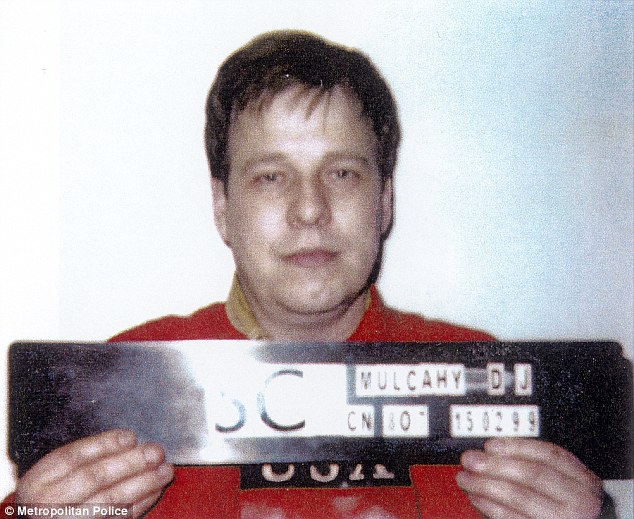1. 1890: Massacre at Wounded Knee
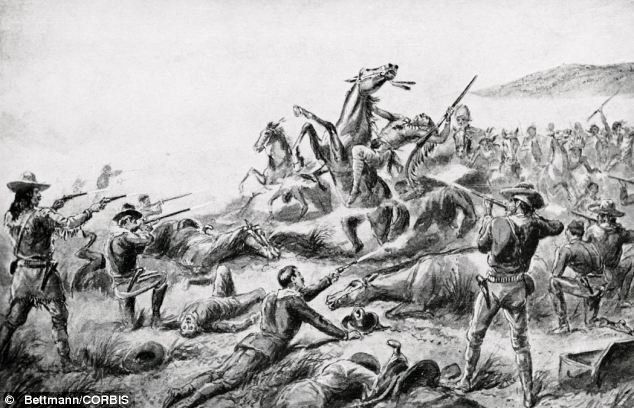
Photo: dailymail
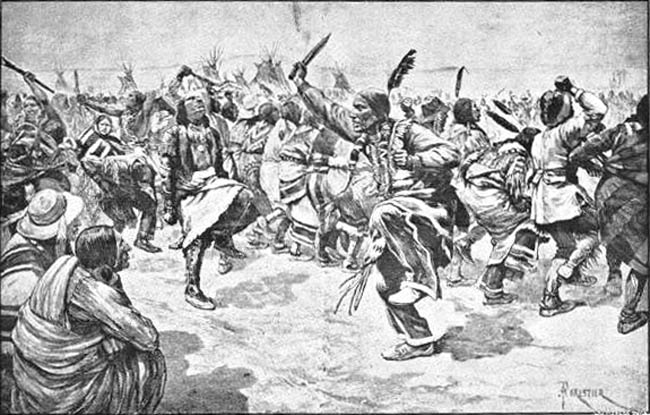
Photo: revcom
It was on this date in 1890 that the infamous Massacre at Wounded Knee took place. A group of Sioux Indians led by Chief Big Foot were participating in what they called the “Ghost Dance Movement” which taught many of them that the reason they had been defeated and confined to the reservation was because they had abandoned their traditional ways. This made Pine Ridge Indian Agent Jame McLaughlin very nervous because one of the main beliefs of the ghost dance movement is that all non-believers would be wiped out, including the white man. So he telegraphed Washington D.C. to let them know that “Indians are dancing in the snow and are wild and crazy. We need protection now.” While he was waiting for reinforcements to arrive he decided to try and arrest who he thought was a major Ghost Dance supporter, Sioux Chief Sitting Bull. But while trying to arrest him, Sitting Bull was shot and killed which drastically intensified the situation that was already reaching a boiling point. The 7th Cavalry arrived under the leadership of Colonel James Forsyth and it was on this date that they surrounded the band of Sioux Indians they believed to be Ghost Dancers and demanded that they surrender their weapons. Sioux Chief Big Foot and his supporters were not there looking for a fight, but they didn’t trust the soldiers either so they were reluctant to disarm themselves. However, Chief Big Foot agreed to surrender and the Sioux started handing over their weapons. According to reports just as this was happening a scuffle broke out between one of the soldiers and an Indian for reasons unknown. At that point, a shot rang out and it was never determined which side fired it, but as soon as that gun went off the Cavalry unloaded on the outnumbered group of Sioux of which most had already given up their weapons. By the time the dust settled there were 146 Sioux casualties including 44 women and 18 children, and 51 left severely injured.
2. 1985: The railway killers take their first victim

Duffy
Photo: murderpedia
Ex-railway employee, John Duffy, and his childhood friend David Mulcahey who would later be referred to as the “Railway Killers” or “Railway Rapists” abduct their first victim on this date in 1985. According to reports the two men had attacked and brutalized women as early as 1982, but this was the first time they had committed murder. They abducted 19-year-old Alison Day from the London train she was riding on and unfortunately her body wasn;t found until two weeks later. Police were baffled at the time and called in Professor David Canter to compile a psychological profile for the perpetrator. It was that profile that would lead law enforcement to John Duffy who had previous violent offenses on his record. They knew they were on the right track because not only was he an ex-railway employee so he would be familiar with his surroundings, but he also refused to give up a blood sample. Investigators finally got the piece of evidence they needed, fibers from Duffy’s clothes were found on Alison Day’s body which tied him to her murder. Unfortunately, even though police knew he had committed many more crimes, they could only charge and convict him for two of his heinous crimes in February of 1988. Duffy waited almost 10 years before finally revealing that he had an accomplice for the murders, lifelong friend David Mulcahey, who was apprehended in 1997. Both men are destined to spend the rest of their lives in prison.
3. 1940: Devastating air raid on London
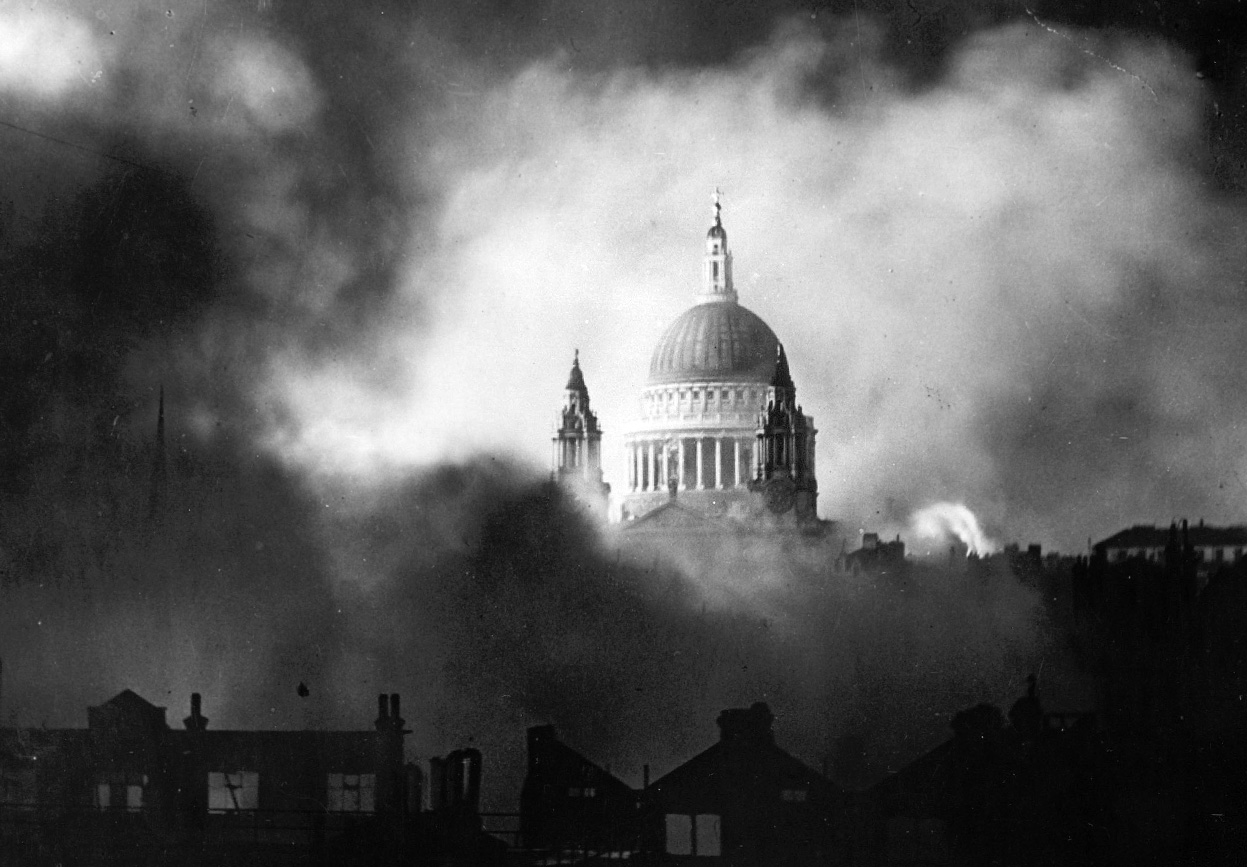
St. Pauls Cathedral standing strong during the bombings
Photo: pinterest
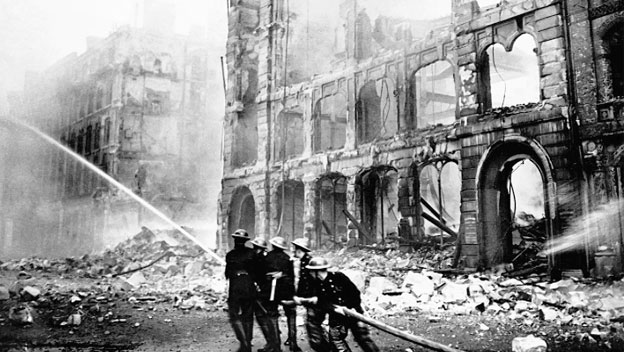
Photo: history
it was on this date in 1940 that the city of London suffered a massive air raid by the Germans launching hundreds, if not thousands, of incendiary bombs that started more than 15,000 individual fires throughout the city. The bombings were in retaliation for earlier British attacks on the city of Berlin and Hitler knew that if he could take control of the United Kingdom he would be one step closer to his goal of world domination. The Germans targeted a great majority of the key building in London such as the Westminster Abbey, Buckingham Palace, and St. Pauls Cathedral among much more. Luckily, though, brave British firefighters managed to save most of these building even though they were plagued by low tide at the time which made acquiring water a difficult task, to say the least. In the end, there were an estimated 3,600 British casualties.


